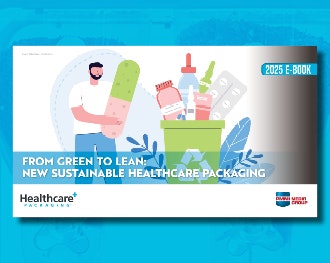--By Kassandra Kania
Kassandra Kania is a freelance writer based in Charlotte, NC. She has covered healthcare packaging for several years, most recently as a trade publication editor.
With a shortage of pharmacists forecast, packaging and labeling can help them reduce errors and focus on counseling patients. A shortage of pharmacists is expected in the next decade as many retire or opt for part-time work, according to a recent study by Pharmacy Manpower Project Inc. This comes at a time when pharmacists want to spend less time dispensing drugs and more time counseling patients, the study says. The number of prescriptions dispensed in community pharmacies is growing—and so is the pharmacist's workload. Of the study's respondents, 36% indicated that the high workload can have a negative impact on their opportunity to reduce errors, while 35% said it affected time spent with patients, and 33% noted it affected their ability to solve drug therapy problems. (Percentages indicate that some pharmacists listed more than one activity.) Strides are being made—the new Target prescription bottles are a perfect example. But retired pharmacist Susan Torrico says it isn't enough. In fact, several pharmacists I spoke to voiced the same complaint: Healthcare workers and patients find prescription drug labeling unreadable. "Some of the font sizes are ridiculous," says Torrico. "The lawyers are happy, but no one else is." Torrico has even seen one pharmacy increase the size of its bottles just so labels appear flatter and easier to read. Packaging should also help pharmacists identify drugs—but again, more needs to be done, she says. Novo Nordisk Inc. recently made a packaging change to reduce dispensing errors. The company changed the color band on its box from blue to orange for NovoLog, a rapid-acting insulin analog, to distinguish it from a premixed formulation. Previously both boxes were white with a blue band. So is the use of a color band enough to help pharmacists distinguish one drug from another? Torrico doesn't think so. "I'm not sure that's enough in a really busy pharmacy," she says. "It's easy to grab the wrong thing." There's also the chance that the pharmacist might be color-blind or think the color change is an update to the existing package.

